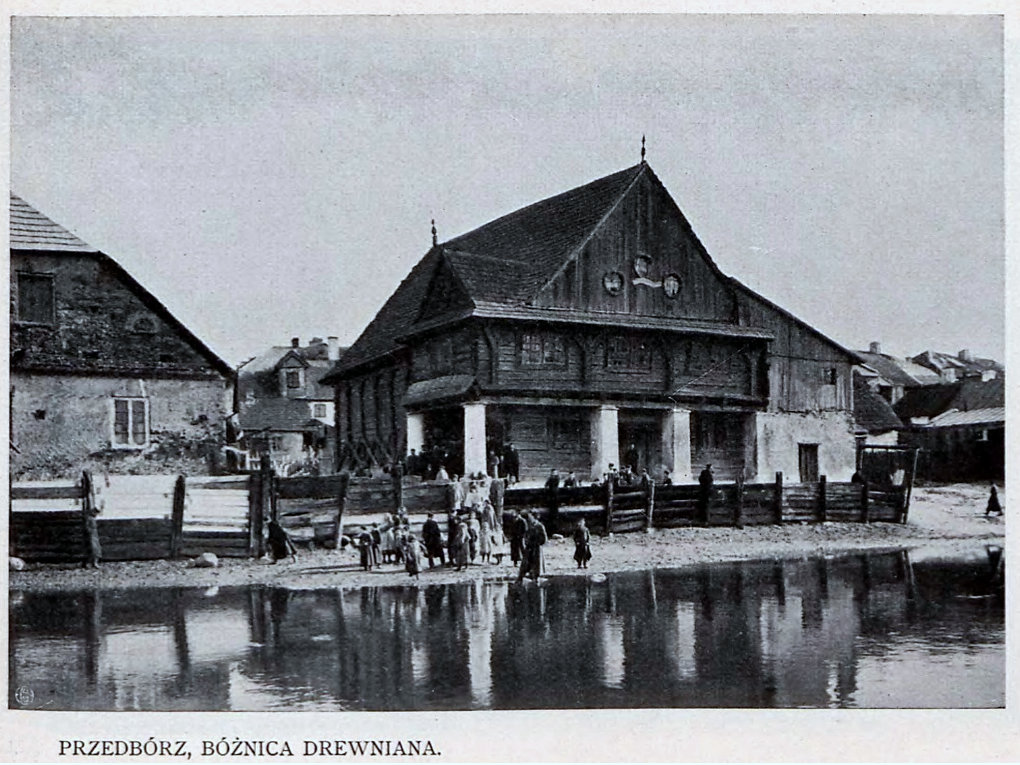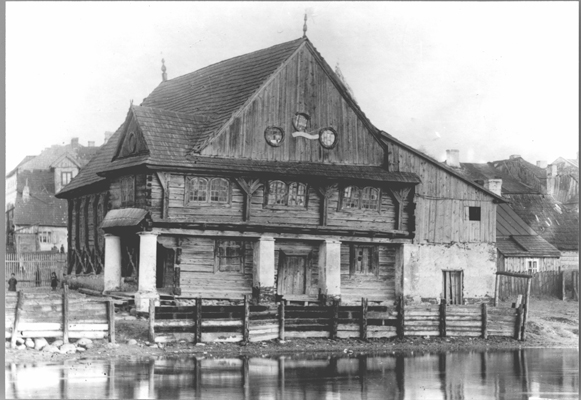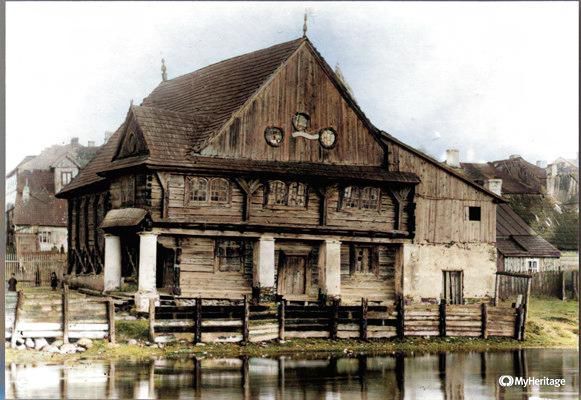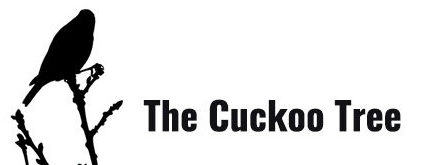
The wooden synagogues of Poland, with elaborate carvings and brightly colored interiors were a “truly original and organic manifestation of artistic expression—the only real Jewish folk art in history,” according to art historian Stephen S. Kayser in Wooden Synagogues by Maria and Kazimierz Piechotka, a Polish couple who were the world’s foremost experts on wooden synagogues in Eastern Europe.
To get a sense of what Polish wooden synagogues looked like, check out the wooden replica of the Gwoździec synagogue at the POLIN Museum of the History of Polish Jews in Warsaw. Google has a 360 degree virtual tour of the museum, which includes the brightly painted wooden interior, ceiling, and bimah (the raised platform from which the Torah is read). The Gwoździec synagogue was selected for this project because it was one of the only wooden synagogues for which a color photo existed, but by all accounts, the Przedbórz synagogue was equally, if not more, magnificent. In their later book, Heaven’s Gates: Wooden Synagogues in the Territories of the Former Polish-Lithuanian Commonwealth, the Piechotkas identify the Przedbórz synagogue as being one of the most architecturally significant in the region.
The Przedbórz synagogue, built in 1760, and destroyed in 1939, was known to be one of the most beautiful and elaborate wooden synagogues in Poland, with brightly colorful murals on the theme of “by the rivers of Babylon” believed to have been painted in 1760 by Yehuda Leib, and a gorgeous and unique carved ceiling panel that ran the entire length of the building. It can be hard to imagine what it must have looked like now, when all that remains are low-resolution black-and-white photos. In an article in the Los Angeles Times Margie Mason wrote, “From the outside, it looked like a simple barn, but within the massive front doors was a spectacular sight: a 40-foot vaulted ceiling carved with biblical scenes, an elaborate pulpit and timbers adorned with jewels.”
You can see a model of the synagogue here, along with a photo of the ceiling which looks like it could be the icing on a very fancy wedding cake. One Bay Area woman, who visited the synagogue as a child with her grandmother, described a “rainbow of vibrant colors inside the building that the archive photos fail to capture.”
In 1998, Congregation Beth Israel in Berkeley, California started a fundraising campaign to build a modern-day version of the Przedbórz synagogue. The project ultimately failed due to lack of funding, but the it generated additional interest in Przedbórz. A member of the congregation, Sam Ginsberg, has a very interesting website with lots of information on Polish wooden synagogues in general, and the Przedbórz synagogue specifically.






MyHeritage has a pretty neat tool out that colorizes old family photos. Emily Garber discovered that it works just as well on photos that don’t have people in them, so I tried it out on a photo of the Przedbórz synagogue. In the colorized version, it’s much easier to imagine what it must have looked like.
If you want to try the colorizing tool out but don’t have a MyHeritage account, you can also do it directly using DeOldify. It’s not as user friendly as the MyHeritage interface, but there’s a good video tutorial you can watch about how to use it.
